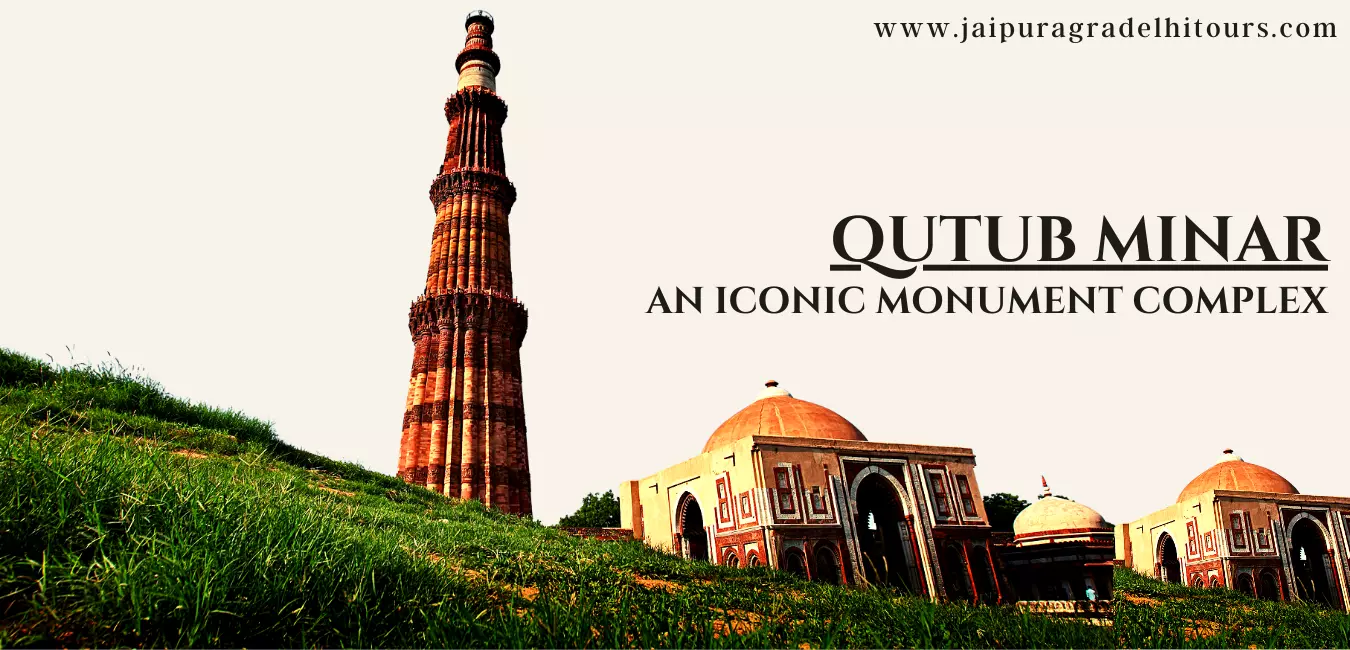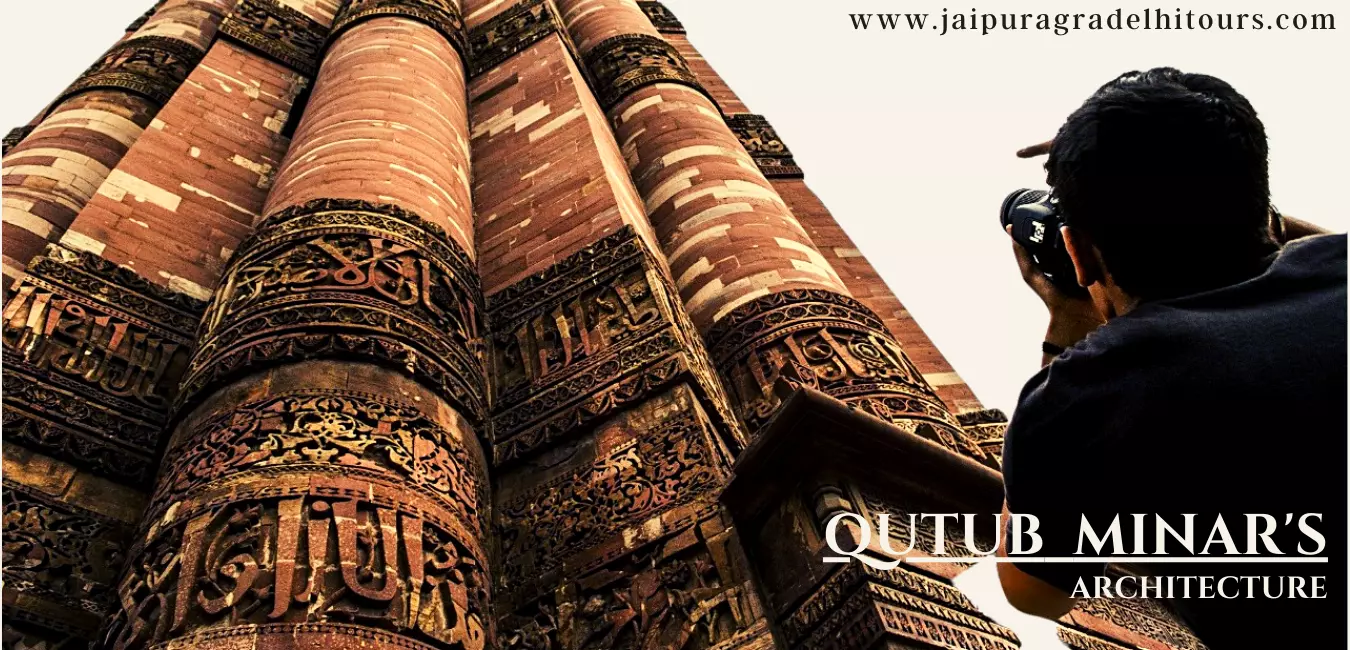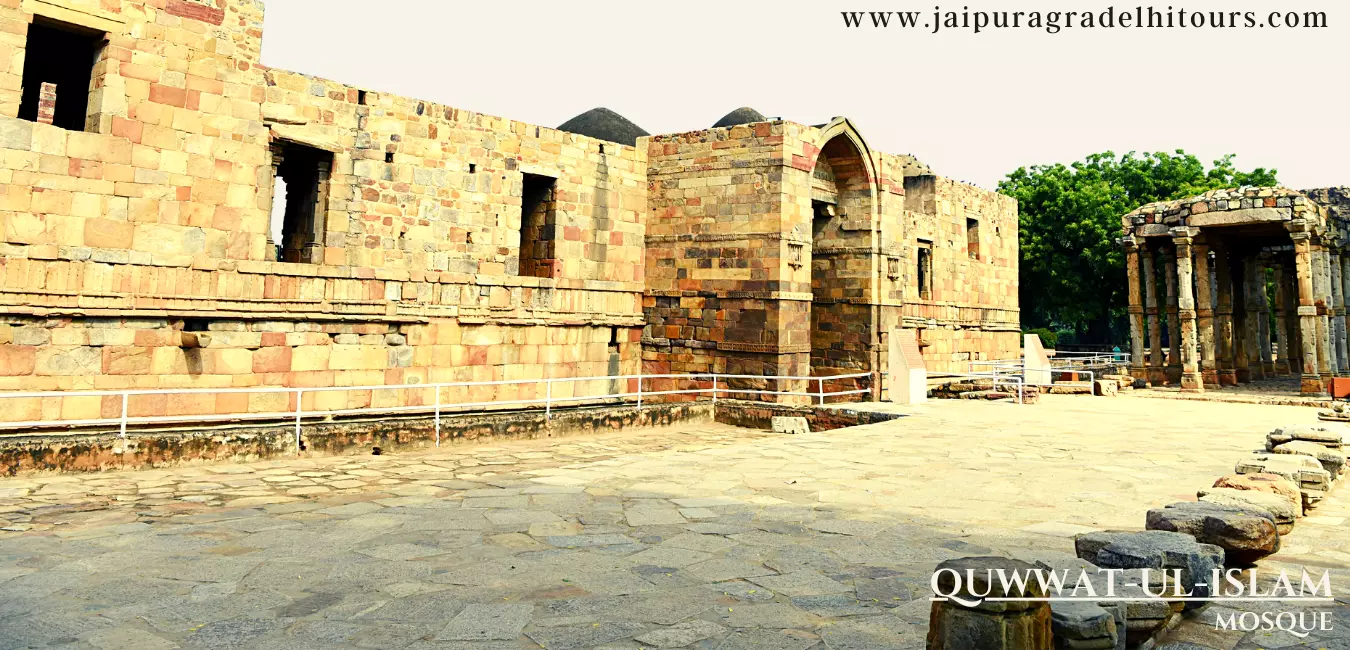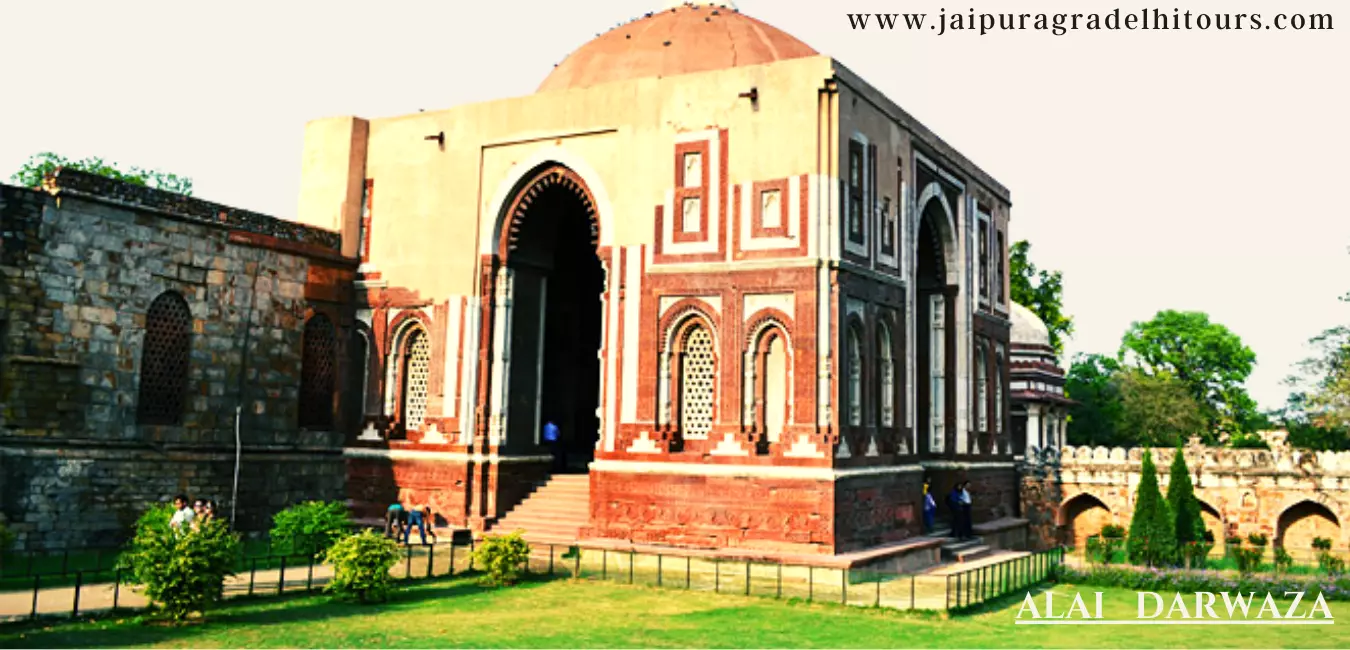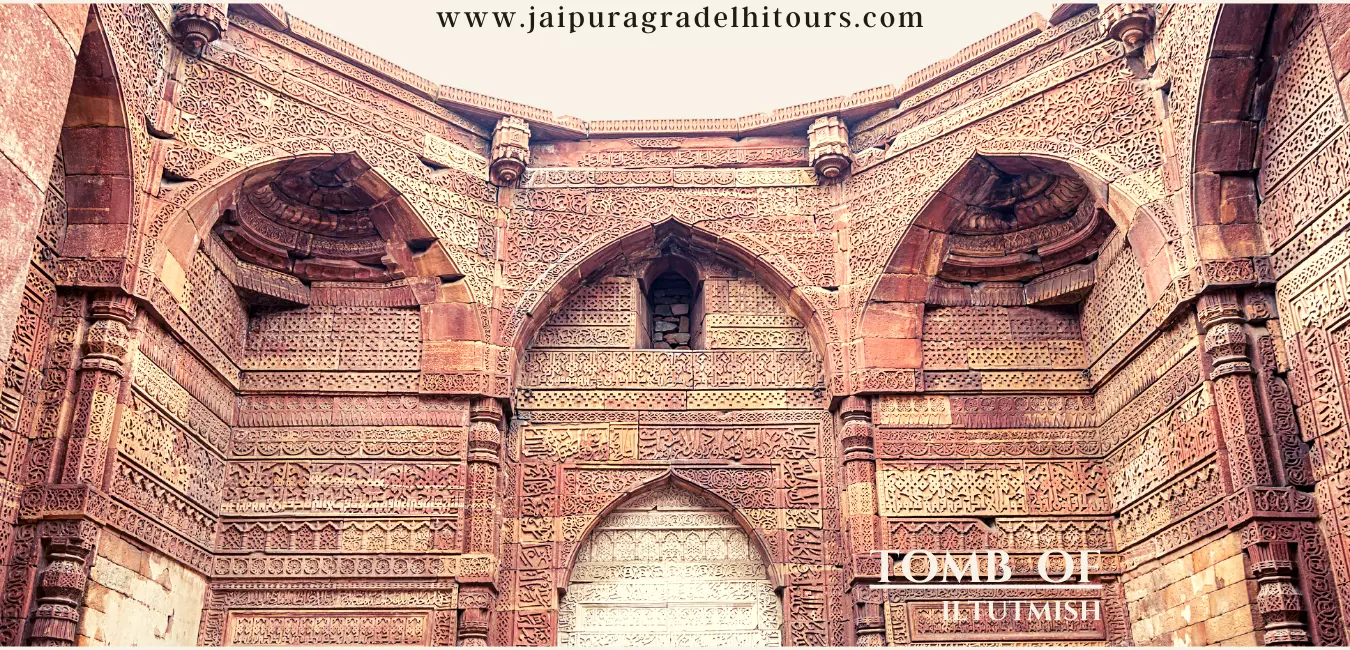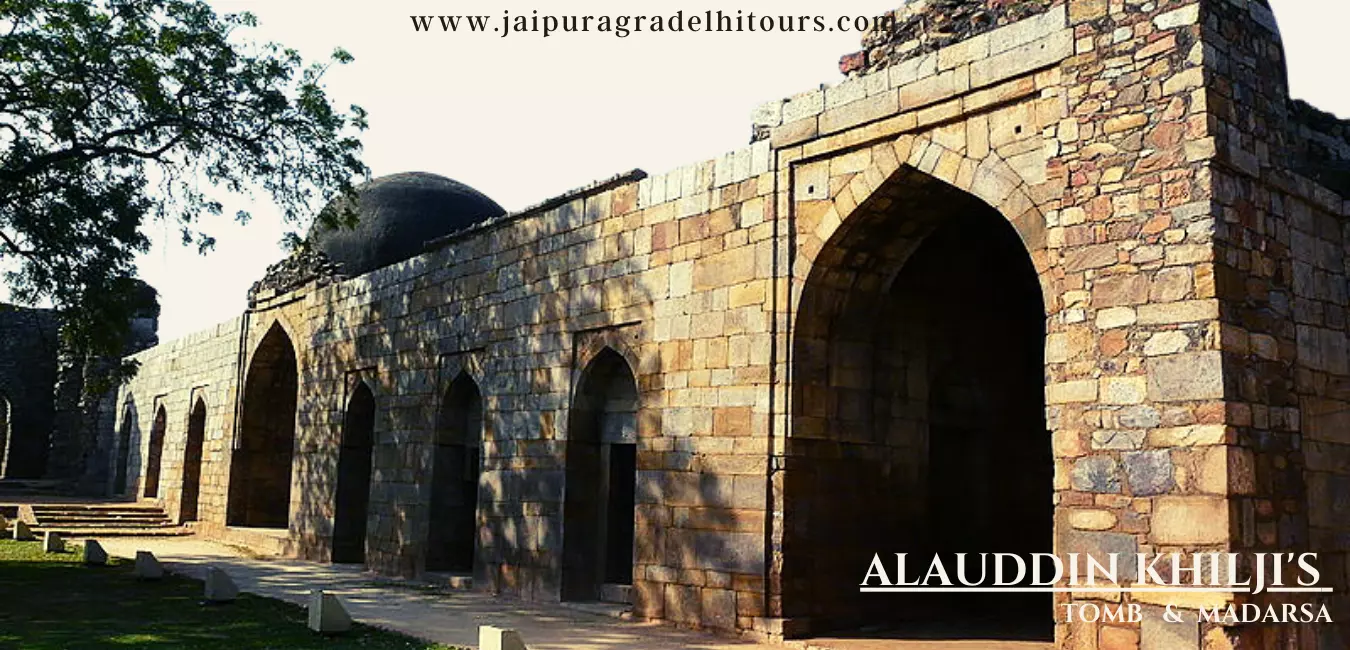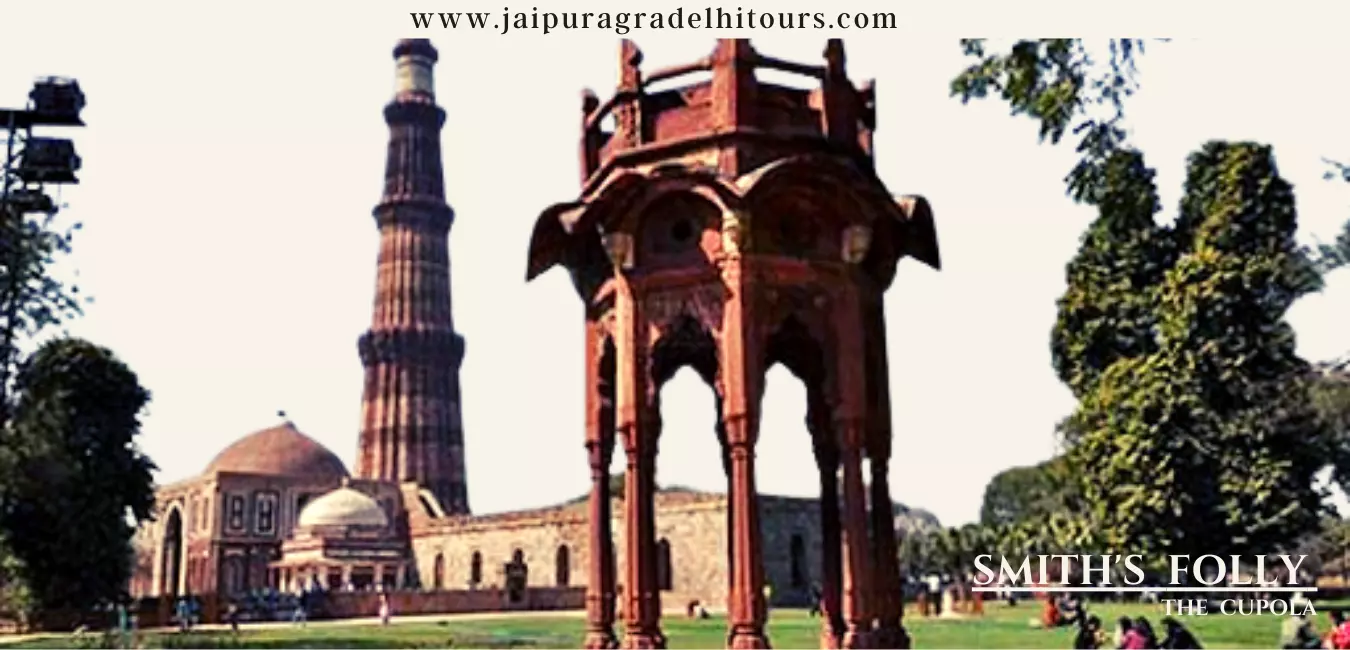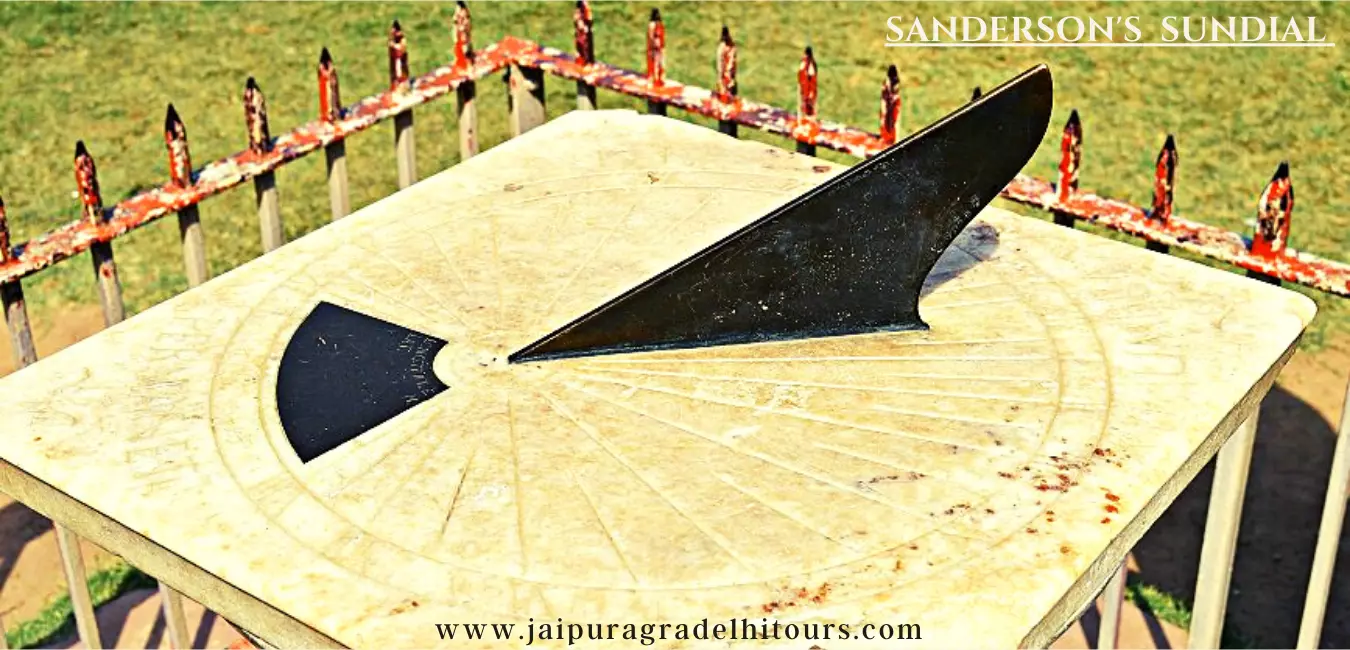Qutub Minar is the tallest brick minaret in India, Its’s construction started over the ruins of the First City of Delhi (Lal Kot) around 1199 AD by Qutb-ud-din Aibak. Qutub Minar was constructed over centuries by many rulers. But The victory tower is named after Qutb-ud-din Aibak although he wasn’t able to build it beyond the first story. His successor and the 3rd sultan Shams-ud-din Iltutmish added three more stories to the minaret. in 1369 lightning damage the top floor of the tower and was reconstructed by Firoz Shah Tughlaq. Who also built the 5th story to the tower.
In 1803, the minaret again experienced extreme harm in a quake. Major Robert Smith, who was from the British Indian Army, took up the repair work. He felt free to install a pillared capula on the fifth story of the tower, consequently loaning the tower its 6th story. the Governor-General of India in 1848, Henry Hardinge eliminated additional floors and reinstalled close to the minaret. Entry to the minaret has been confined from 1981 after a mishap.
Today, Qutub Minar is one of the best attractions for tourists. In 1993, the complex gained the status of a UNESCO World Heritage Site for its cultural and historical significance. Recently The Government has started lighting up Qutub Minar with LED lights. One can see Qutub Complex at night glowing in LED lights from 7 pm to 9 pm. the complex is lighted nicely so one can move around is convenient. No doubt that the complex looks amazing at night and offers a chance for photographing in a different light than daytime.

